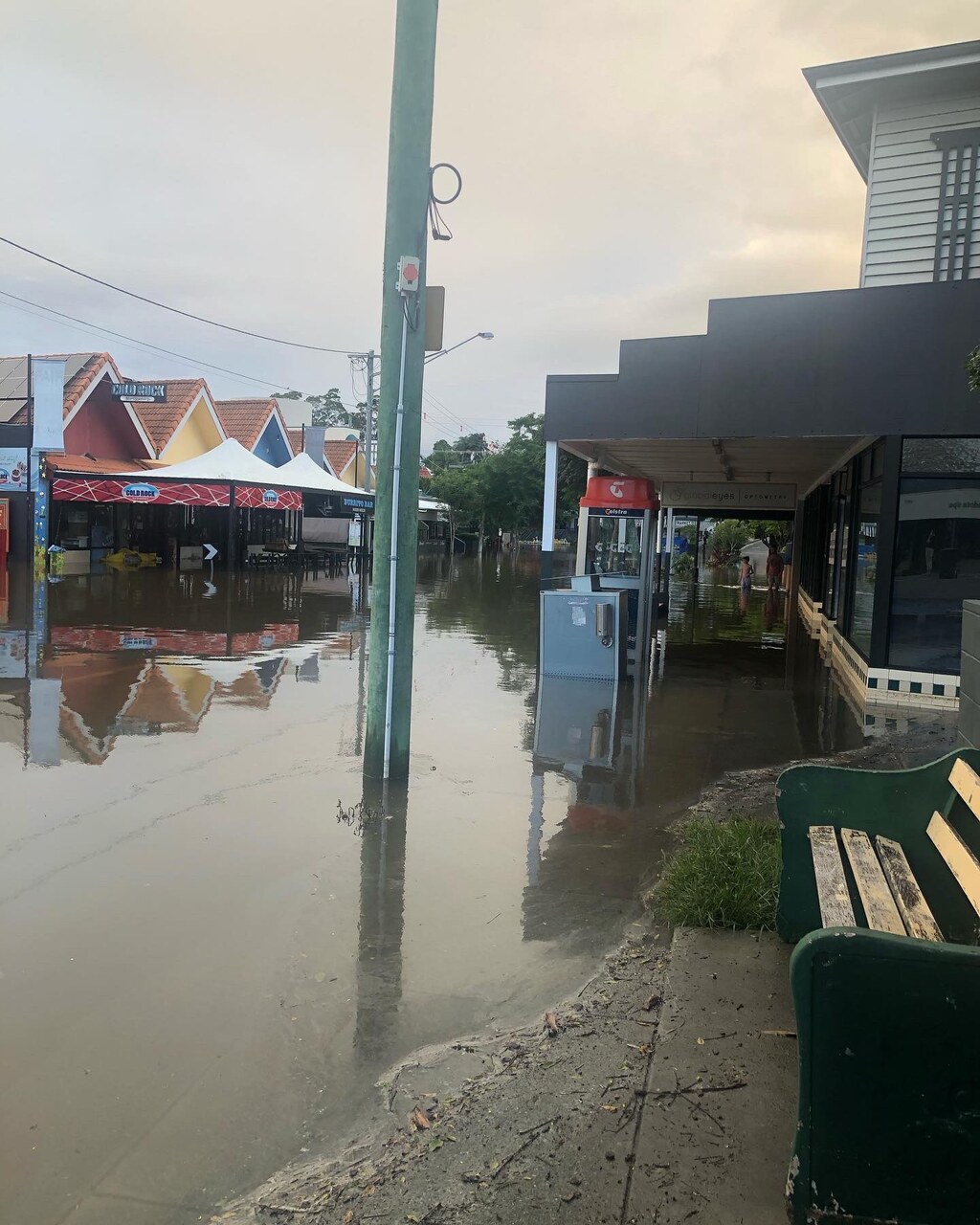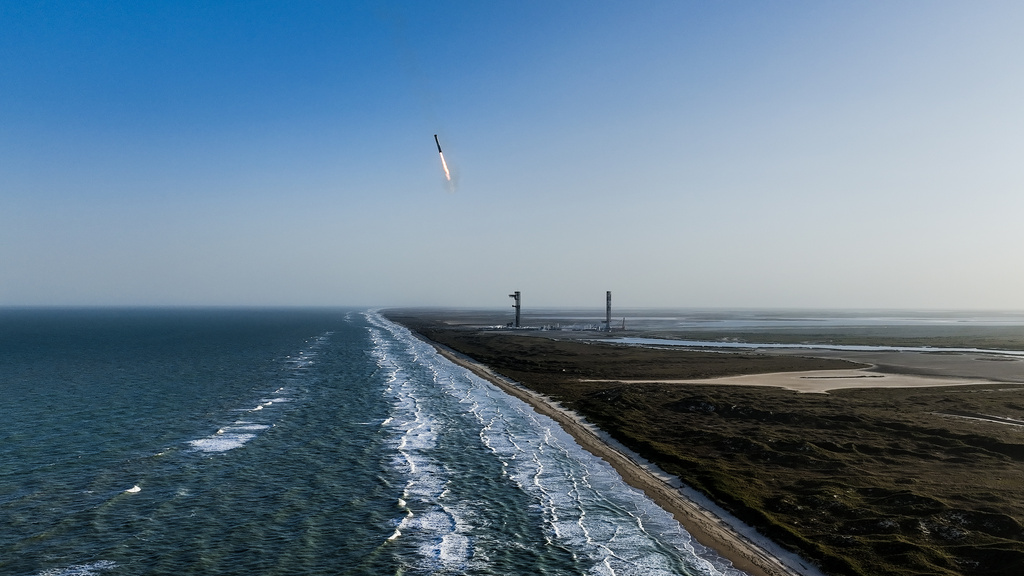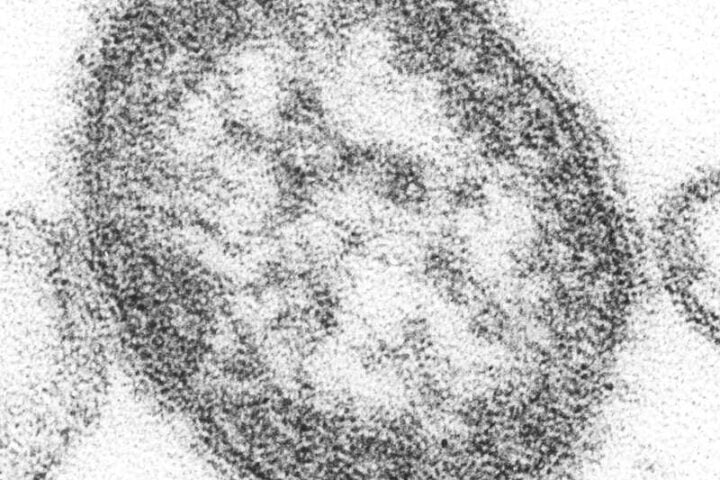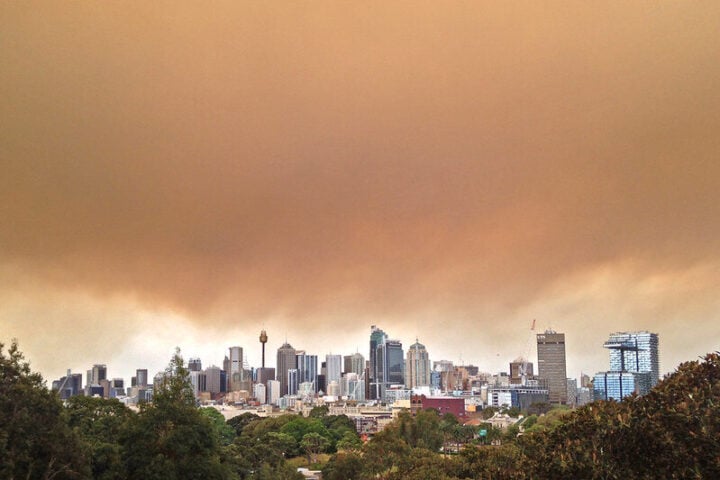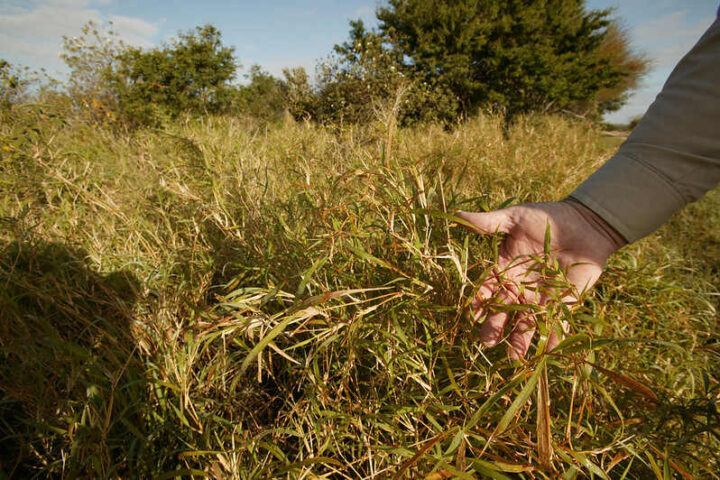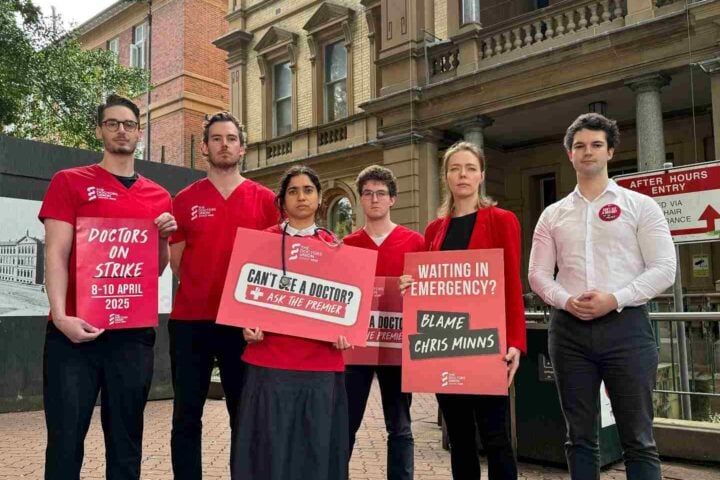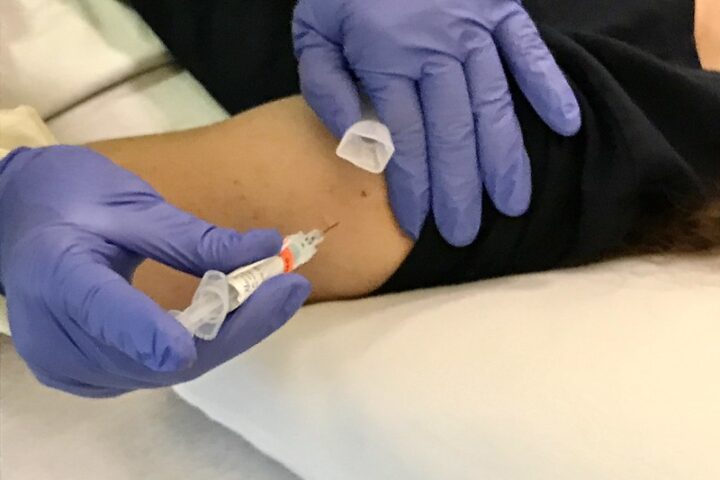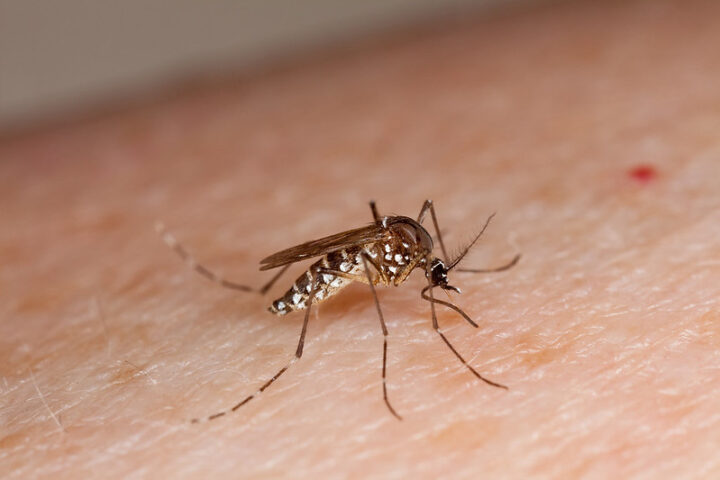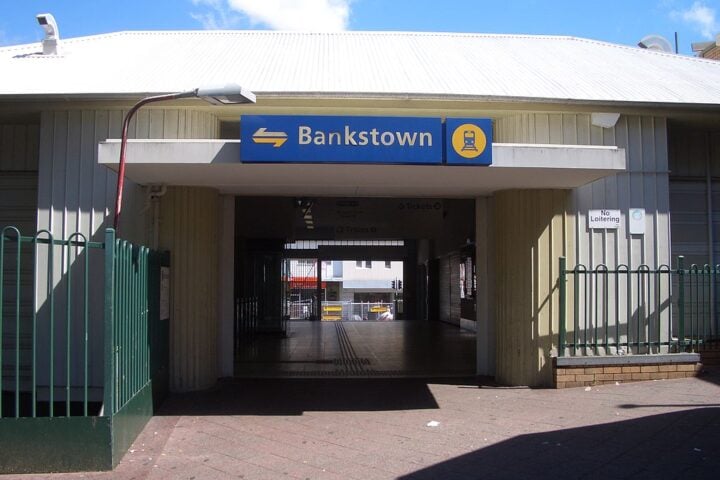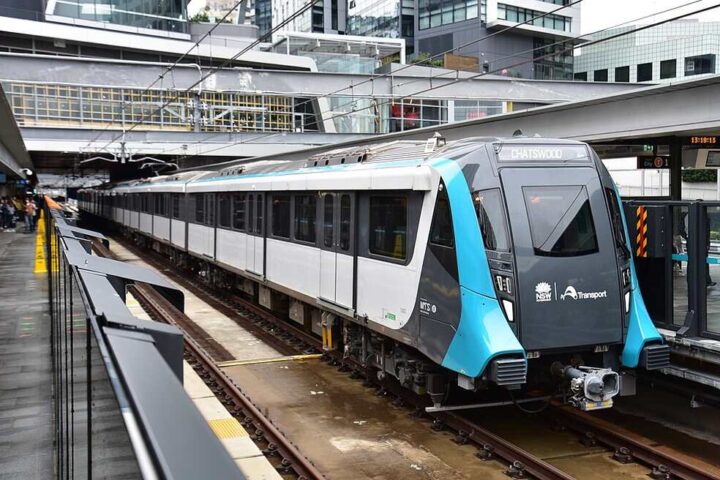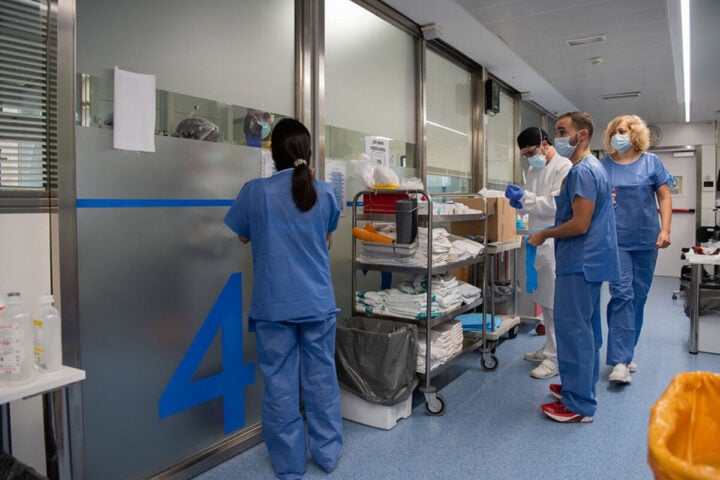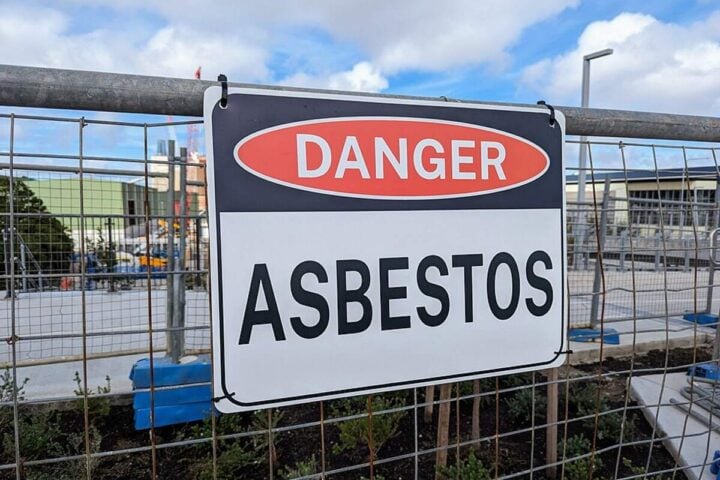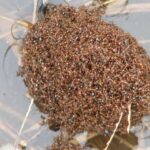A $15 million Community Recovery Support Fund has been activated for 15 Local Government Areas in Northern NSW as Tropical Cyclone Alfred approaches. The joint initiative by the Albanese and Minns Governments provides up to $1 million per council once impacts are assessed.
“Northern NSW residents, and their neighbors to the north, are on high alert watching Tropical Cyclone Alfred approach,” Prime Minister Anthony Albanese said. “We are providing assistance now, but also have this future support on standby, ready to roll should recovery and cleanup work be needed.”
The funding targets immediate cleanup and restoration of community assets including pre-schools, senior centers, libraries, and community halls under the Commonwealth-state Disaster Recovery Funding Arrangements (DRFA).
Early Response Focus
This proactive approach marks a shift from past cyclone responses. “This is a preemptive step to help local councils quickly respond,” Premier Chris Minns explained. “Councils are helping their communities prepare for the onslaught, and this will help them in the aftermath.”
The support package offers:
- Grants for low-income residents to repair homes and replace essentials
- Concessional loans for small businesses and primary producers
- Freight subsidies for livestock and fodder transport
Similar Posts
Coordinated Agency Response
Weather models predict Northern NSW and Southern Queensland will face significant impacts from the cyclone. The NSW Government is coordinating multiple agencies to manage the emergency.
For Northern Rivers communities still recovering from the devastating 2022 floods, this event brings additional stress. “Having grown up in the Northern Rivers, I know these communities well. I am acutely aware of how worrying this event will be for local people,” said Minister for Emergency Management Jenny McAllister.
Long-Term Commitment
NSW Minister for Emergency Services Jihad Dib emphasized ongoing support: “This funding will be directed to councils in the local communities who need it most, with many of them still recovering after the devastating 2022 floods. The NSW Government is committed to providing ongoing support to the communities impacted by Tropical Cyclone Alfred in the days and weeks ahead.”

Emergency services remain on high alert across the region as communities brace for impact.
Cyclone Alfred Disaster Response: Key Questions
15 Local Government Areas (LGAs) in Northern NSW have been activated for disaster assistance. While the exact list isn’t specified in the official release, these are the areas forecast to sustain the most immediate impact from Cyclone Alfred according to current weather modeling.
Each activated council can access up to $1 million in funding once impacts are known. This comes from the $15 million Community Recovery Support Fund jointly established by the Albanese and Minns Governments under the Disaster Recovery Funding Arrangements (DRFA).
The DRFA support package includes three main components: 1) Grants for low-income residents to repair homes and replace essential items damaged during the cyclone, 2) Concessional loans with favorable terms for small businesses and primary producers to maintain operations, and 3) Freight subsidies specifically for agricultural needs such as transporting livestock and fodder.
According to current forecasts mentioned in the document, Cyclone Alfred is expected to make landfall near Brisbane, affecting both Southern Queensland and Northern NSW with heavy rainfall and strong winds.
The funds are being activated preemptively, which is unusual compared to past disaster responses that typically came after impact. Prime Minister Albanese emphasized the readiness: “Having this support ready to go means, if needed, essential work can begin and people’s lives can begin to return to normal as soon as possible.” The exact timing for each council depends on their specific impact assessments, but the mechanism for distribution is already in place.
The funding is designated for cleanup and restoration of important community assets such as pre-schools, senior citizen centers, libraries, and community halls. This is intended to help communities return to normal functioning as quickly as possible after the cyclone passes.
